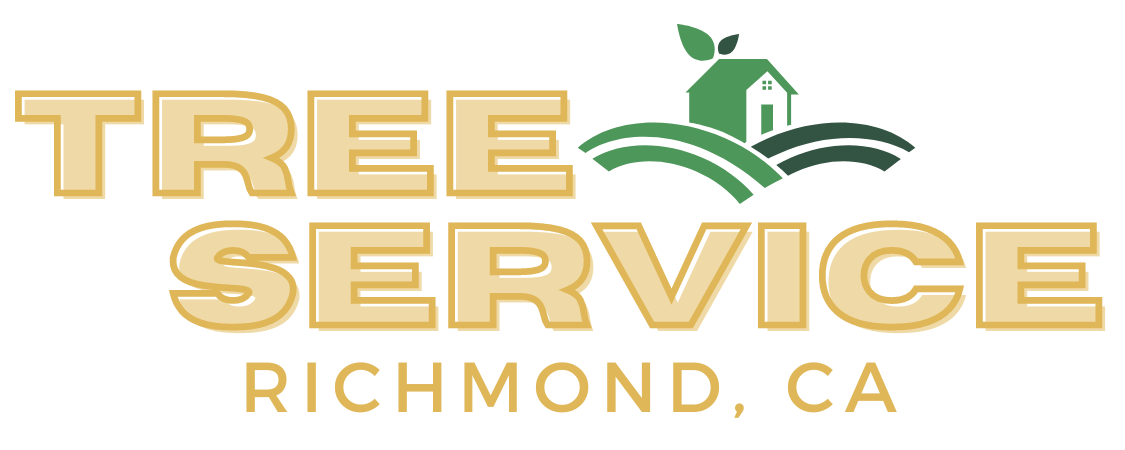There are many benefits to having regular tree service. The most obvious benefit is that it helps to maintain healthy and vibrant trees. It can help increase property value and reduce the amount of money spent on replacing unhealthy trees in the long run. Regular tree service also reduces the risk of injury or damage due to falling branches or debris. It reduces the chance of disease spreading among trees due to inadequate pruning and trimming. Additionally, regular tree service can help increase curb appeal and improve aesthetic appeal by removing dead, diseased, or damaged limbs from trees. Properly trimmed trees look tidier and more organized than ones that should be addressed quickly. Furthermore, pruning to thin out a tree’s canopy allows light to reach grassy areas beneath, encouraging growth in flowers and other vegetation around the tree’s base.
The most important benefit of regular tree service is safety, especially around power lines. It’s essential for arborists to regularly monitor trees near power lines for potential hazards such as dead wood accumulation or large overhanging branches that could come into contact with a power line during storms or high winds. Removing these branches before they hit a line can prevent electric shock and fires caused by them when they contact a line – saving lives in the process. Regular tree services can also help keep stormwater runoff from causing damage to roads and sidewalks thanks to improved root systems that can absorb excess water after being pruned properly – reducing flooding in urban areas and significantly decreasing soil erosion caused by runoff from streets nearby.
Tree services don’t just protect properties, but they safeguard wildlife habitats too. Pruning or shaping trees during their growing season encourages growth patterns that provide better nesting sites for birds while at the same time preventing overcrowding in nearby forests which can lead to wildlife displacement due to limited resources available there. Additionally, removing deadwood opens up space on limbs where plants like mushrooms and mosses can establish themselves, providing food sources for insects like bees and butterflies – making them excellent pollinators. Finally, having scheduled tree services helps supplement income for local businesses since it creates jobs when arborists are hired on a seasonal basis either by homeowners or enterprises seeking attractive landscapes with healthy-looking trees – ultimately contributing further economic benefits both directly and indirectly through tourism dollars generated from visitors who appreciate nature-based activities like hiking trails with clean air provided by healthy forests.

